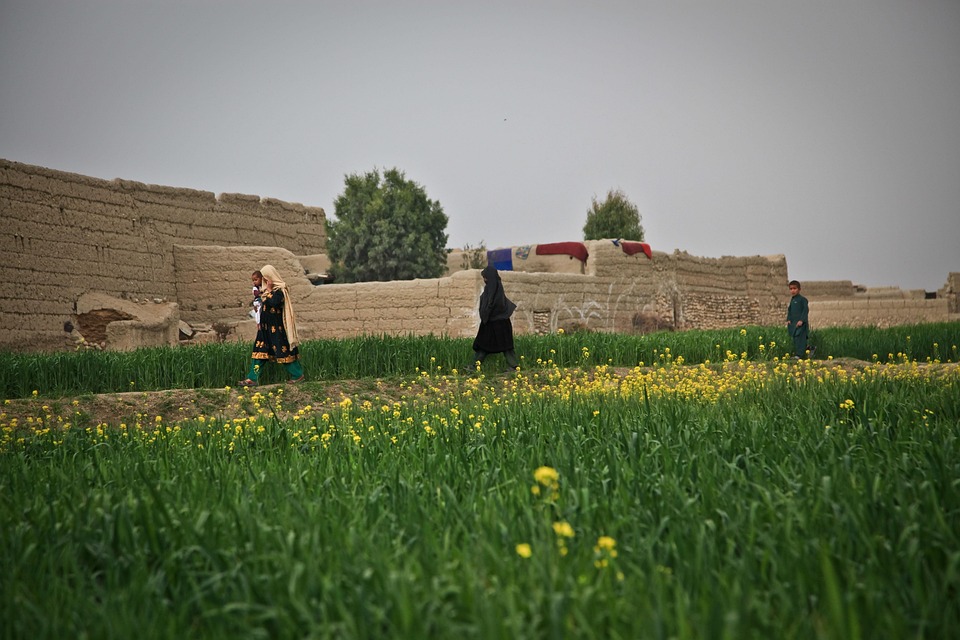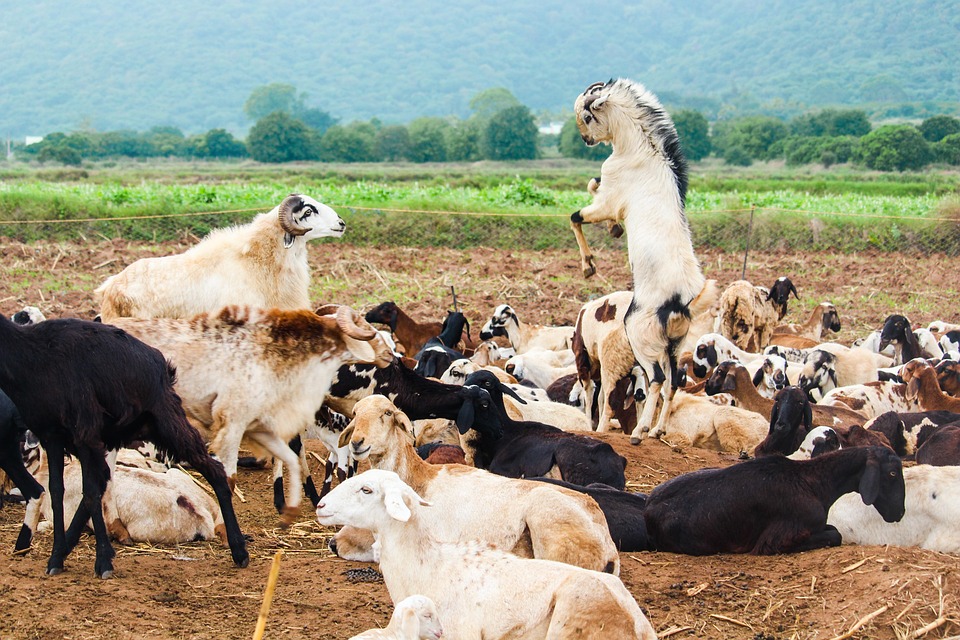Here are some engaging headlines for articles about sustainable tourism:
# Sustainable Travel: The Joy of Journeying Responsibly Imagine standing atop a breathtaking cliff, gazing out at a picturesque landscape that seems untouched by time. The sun paints vibrant colors across the sky as the chorus of nature serenades you. This isn’t merely a travel experience; it’s an awakening. Sustainable travel has become more than a buzzword; it’s a transformative way of exploring the world while preserving it for generations to come. Let’s unwrap the beauty of sustainable tourism—because the planet deserves our love, and travel does too! ## The Heart of Sustainable Tourism Sustainable tourism blends the excitement of exploration with responsibility towards the environment and local cultures. It revolves around making travel choices that contribute positively to destinations, local communities, and ecosystems. Whether you’re lounging on the pristine beaches of Costa Rica or trekking through the lush landscapes of the Swiss Alps, there’s a sustainable option waiting to be discovered. ### Why Go Sustainable? Sustainable travel is not just kind to the planet; it also enhances your experience: – **Embrace Authenticity**: Engage with local cultures and traditions that deepen your travel experience. Taste homemade dishes, participate in folk festivals, or learn about age-old crafts directly from community members. – **Protect the Environment**: Your travel choices can significantly reduce carbon footprints, ensuring pristine landscapes remain unscathed. Eco-friendly modes of transport, such as biking or public transport, embrace greener alternatives. – **Support Local Economies**: Opting for local businesses, artisan shops, and family-run accommodations helps keep the money circulating within communities, empowering locals and fostering economic growth. ## Fun and Sustainable Destinations 1. **Eco-Resorts in Costa Rica**: Nestled amidst tropical rainforests, these retreats offer exquisite wildlife experiences while committing to conservation. Activities like guided nature hikes and turtle nesting excursions ensure you leave only footprints. 2. **Cycling Tours in Amsterdam**: With its bike-friendly infrastructure, Amsterdam is the perfect setting for eco-conscious travel. Glide along the canals and experience the city like a local, all while minimizing your carbon footprint. 3. **Ecolodge Escapades in Patagonia**: Discover breathtaking landscapes while residing in eco-lodges that prioritize sustainability. Engage in responsible trekking, with knowledgeable guides ensuring minimal impact on the environment. 4. **Organic Wine Tours in Napa Valley**: Indulge in wine tasting while supporting vineyards that practice organic farming. Learn about the organic winemaking process and enjoy the flavors of sustainably produced wines. ## Fun Activities to Engage with Sustainability When you embrace sustainable tourism, the world becomes your playground! Try these engaging activities on your next trip: 1. **Wildlife Volunteering**: Contribute your time to wildlife sanctuaries or conservation projects that protect endangered species. Not only will you make a difference, but you’ll also develop a deeper connection with the environment. 2. **Organic Cooking Classes**: Learn to prepare local dishes using organic ingredients while understanding the significance of sustainable farming practices. This experience enhances your culinary skills and supports local economies. 3. **Nature Photography Workshops**: Capture the beauty of untouched landscapes through the lens of sustainability. Learn how to photograph responsibly while appreciating the flora and fauna around you. 4. **Farm Stays**: Immerse yourself in rural life by staying on a family farm. Participate in daily chores, support local food systems, and experience the joys of farm-to-table living. ## Pro Tips for Sustainable Travel Being a sustainable traveler is not just a choice; it’s a lifestyle. Here are some pro tips to ensure your adventures leave a positive mark: – **Choose Eco-Friendly Transportation**: Whenever possible, opt for trains, buses, or biking instead of planes. If flying is unavoidable, consider carbon offset programs to balance your footprint. – **Pack Light and Responsibly**: Bring reusable items like water bottles, shopping bags, and utensils. Not only do they cut down on waste, but they also lighten your luggage! – **Be Culturally Respectful**: Always research cultural norms and practices before visiting a destination. Understanding local customs fosters respectful interactions and deeper connections. – **Support Local Businesses**: Choose to eat at local restaurants, stay at eco-friendly hotels, and buy handcrafted souvenirs from markets. Your choices can empower communities and keep traditions alive. – **Leave No Trace**: Follow the Leave No Trace principle—respect nature, stay on marked trails, and pack out what you pack in. It’s as simple as being mindful of your surroundings. ## The Future of Sustainable Travel As the call for sustainable travel grows, the tourism industry is evolving. Sustainable travel isn’t just a trend—it’s a movement toward a better future. More companies are prioritizing eco-friendly practices, from hotels with green certifications to tour operators focused on minimizing their impact. Educational programs are emerging to raise awareness about responsible travel methods. ### Supporting Sustainable Initiatives Many organizations are actively promoting sustainable tourism. They offer resources, network opportunities, and support for emerging sustainable businesses while ensuring travelers understand their role in preserving the planet. By contributing to these initiatives, travelers can amplify their impact. ## Conclusion: Travel with Intention Sustainable travel is about relishing the journey while nurturing the earth and cultures we explore. Remember, every small effort counts. Imagine the world we can create if we all embraced this philosophy! So next time you plan a getaway, ask yourself: how can I journey responsibly? Let’s travel with intention, celebrating the world’s beauty while safeguarding it for future adventurers. As we embark on our journeys, let’s choose to be stewards of the planet, advocates for local cultures, and supporters of sustainable economies. Together, we can make every destination a sanctuary for both travelers and the environment. Embrace the adventure of sustainable travel—it’s not just a choice; it’s a celebration of the world we all share! Happy travels!










